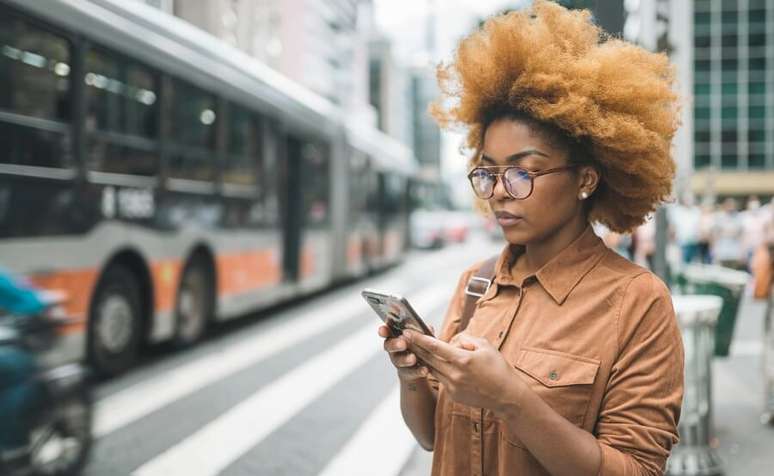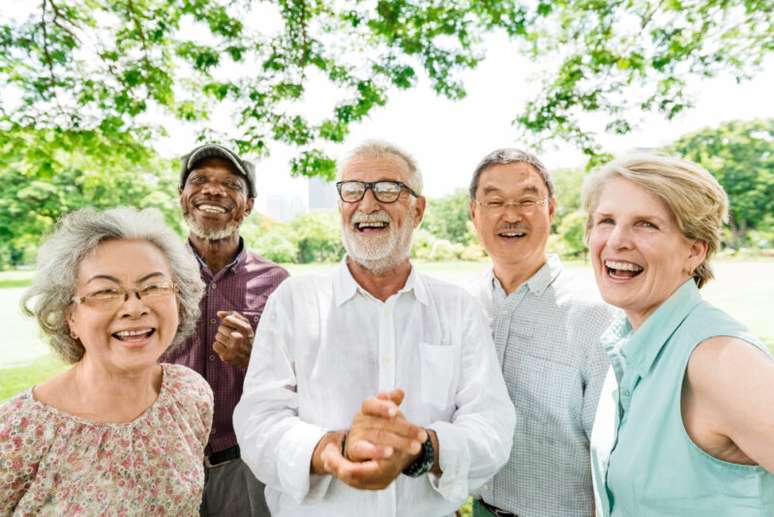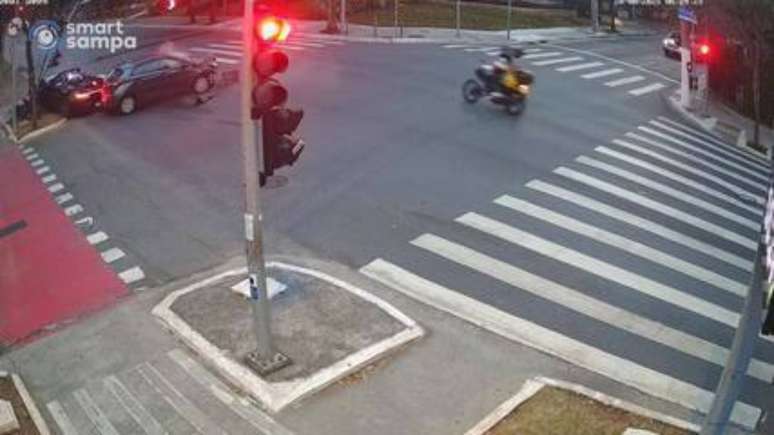Although 71% of the population believes that technology makes life better, the majority still prefer traditional channels
Only 31% of Brazilians use the Internet to access public services, although in recent years the government has launched digitalization initiatives, such as the Gov.br platform.
Despite this, 71% believe that technology makes life better; 78% believe technology will be necessary to solve future problems; and 32% believe that making more public services available online should be a priority for governments.
The channels chosen to interact with the Government continue to be the traditional ones, such as the telephone and in person, which together represent 65% of Brazilians’ preferences.
These are the numbers of the new edition of Connected Citizens, a global study carried out periodically by EY in collaboration with Ipsos Mori, which held ten workshops in five countries – Australia, Brazil, India, the United Kingdom and the United States – to listen to citizens of different backgrounds, profiles on various topics, such as their opinion on the digital services offered by the government and how this interaction takes place, the ease of access to the Internet, digital knowledge, as well as the opportunities created by the development of artificial intelligence and 5G.
“Governments have a golden opportunity to embrace technology and data to improve public services. For this to happen, digital technologies must be used in a way that meets the needs and aspirations of the population,” says Luiz Sales, partner at EY.
“Despite the enormous volume of data collected on citizens, governments still need to understand what people want, need or can imagine from public services enhanced by the possibilities of technology,” he adds.
The EY study in collaboration with Ipsos Mori shows what Brazilians want from digital services offered by the government, according to the following six points.
1. Clear purpose
Digital services must solve a problem clearly and effectively so that people can truly engage, especially those problems that concern themselves or family members and acquaintances. A common example in all large Brazilian cities is public transportation. A digital solution that makes or contributes to making these journeys more reliable would be very welcome.
2. Tangible benefits
Digital services must offer clear, tangible and direct advantages over current forms of interaction, such as speed, convenience and simplification. These benefits must be clearly communicated to strengthen people’s trust in the digital public services offered.
3. Positive results
There is still a lot to do to convince Brazilians that digital transformation is feasible and will bring positive results for the whole society, and not just for the so-called “digital elite”.
Digitization projects must take into account the challenges of digital infrastructures, whose internet coverage does not reach uniformly throughout the country, with a low access rate in some regions, which is explained both by the unsatisfactory signal and by the difficulty of paying the cost costs costs of this service.
4. Transparency
Digital public services must process data transparently and in accordance with legislation. There must also be a policy for responding to cybersecurity incidents and instability issues, with a business continuity plan based on best market practices.
5. Digital education
In all digital services offered, there must be human support with enough empathy to help solve problems and provide help to Brazilians who are less confident or familiar with digital. Social workers, for example, can help these citizens find their way to the services they want.
The pandemic has given impetus to the use of technology. Six in ten believe the pandemic has increased the use of technology in their lives, according to the EY and Ipsos study. 63% think technology can improve how they interact with government in the future. However, only 31% of Brazilians use the Internet to access public services, while 71% make purchases via the Internet and 51% manage their finances online.
6. Multi-channel access to public services
Digital cannot be the only channel available for public services as long as there is inequality in access to the Internet. They must also be adapted to all restrictions currently existing in the country, such as the aforementioned coverage of digital infrastructure, which includes the reliability of Internet connections.
Source: EY Agency
Source: Terra
Rose James is a Gossipify movie and series reviewer known for her in-depth analysis and unique perspective on the latest releases. With a background in film studies, she provides engaging and informative reviews, and keeps readers up to date with industry trends and emerging talents.







